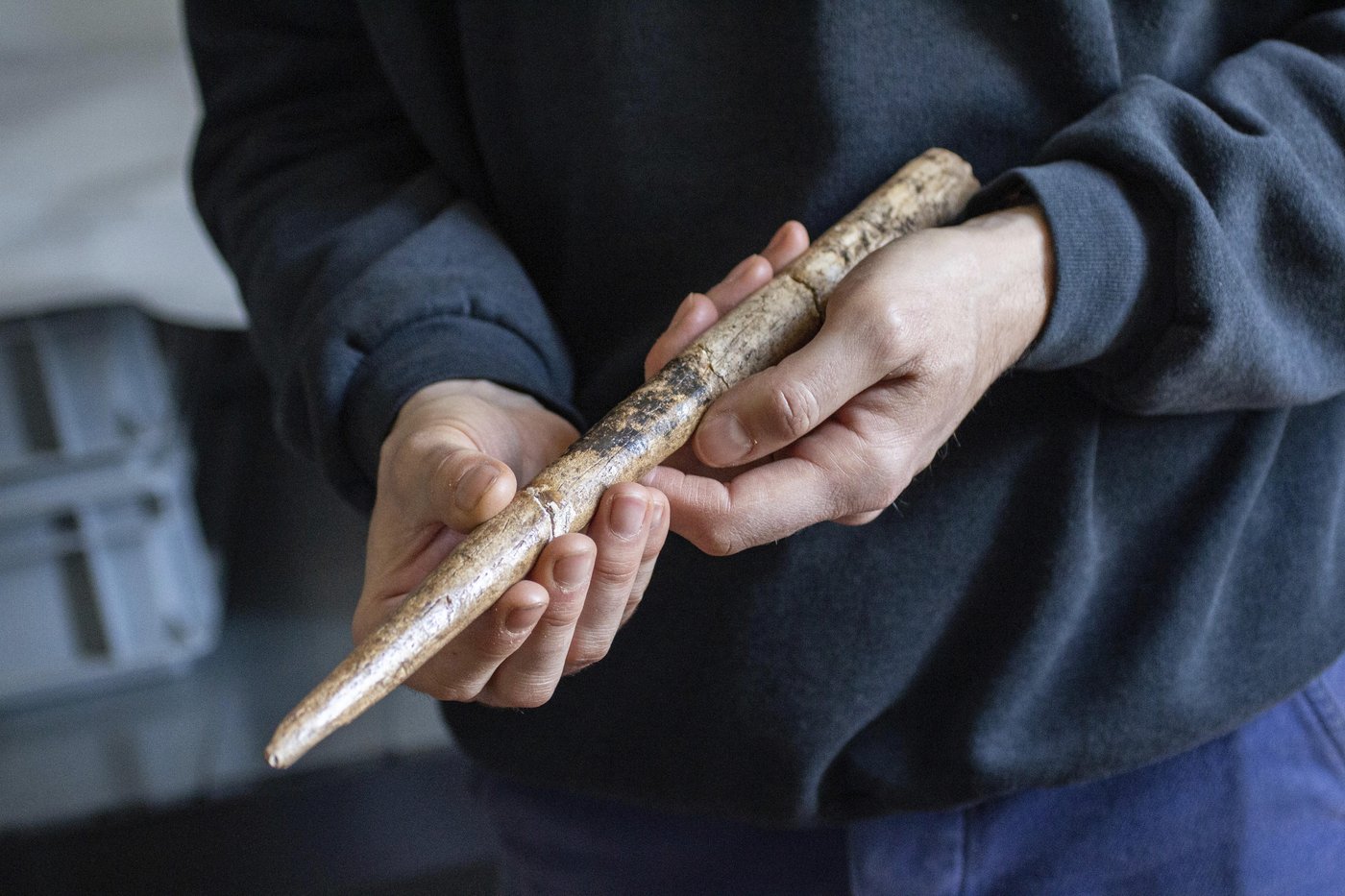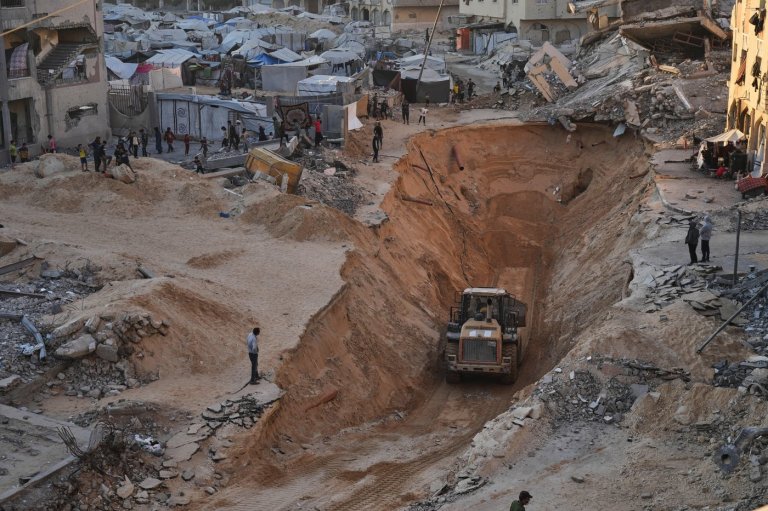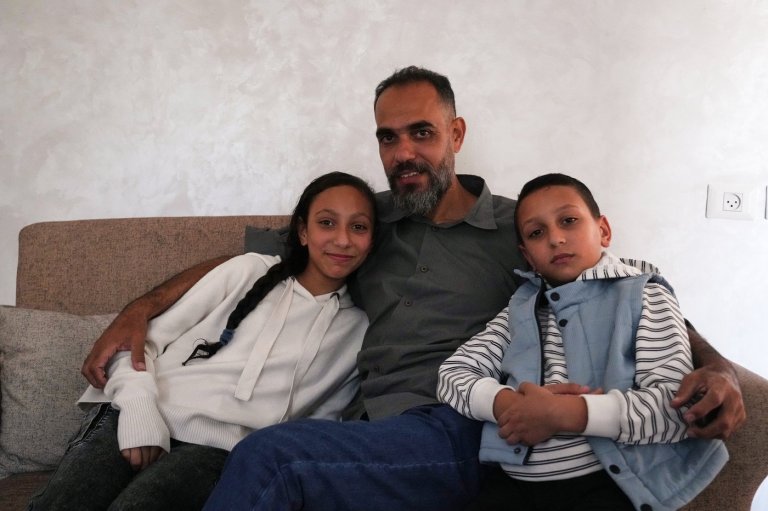Scientists date the oldest known tools made from whale bones to 20,000 years ago

NEW YORK (AP) — Scientists have pinpointed the oldest known evidence of humans making tools from whale bone.
The bones, fashioned into narrow projectiles for hunting, had been uncovered in excavations dating back over a century in the Bay of Biscay near Spain and France. Scientists figured the tools were quite ancient, but many were small fragments so it was hard to determine their age.
Technological advancements in the past decade have now made it possible to date the oldest of the tools to about 20,000 years ago. Scientists found that the bones came from blue whales, fin whales, sperm whales and other species.
“Humans and whales have clearly been encountering one another for a long time,” said Vicki Szabo with Western Carolina University, who studies the history of whaling and was not involved with the latest research.
Scientists think that ancient humans were crafting whale bone instruments in places including the Arctic and South Pacific. There’s been solid evidence of whale bone tools dating back to about 5,000 years ago, but the new research published Tuesday in the journal Nature Communications pushes the timeline back.

Ancient humans weren’t necessarily hunting whales, said study author Jean-Marc Petillon with the French National Centre for Scientific Research. More likely, they were scavenging the bodies of beached whales and fashioning their dense, heavy bones into tools to hunt reindeer or bison.
The tools indicate that ancient people in the area took advantage of resources near the sea for survival. They likely also collected seashells and fished. Finding such evidence has been difficult as rising sea levels disrupt coastlines across the globe, scientists said.
“It’s one more contribution to the importance of coastal environments for human groups, even in this long past,” said Petillon.

___
The Associated Press Health and Science Department receives support from the Howard Hughes Medical Institute’s Science and Educational Media Group and the Robert Wood Johnson Foundation. The AP is solely responsible for all content.
Join the Conversation!
Want to share your thoughts, add context, or connect with others in your community?
You must be logged in to post a comment.


















